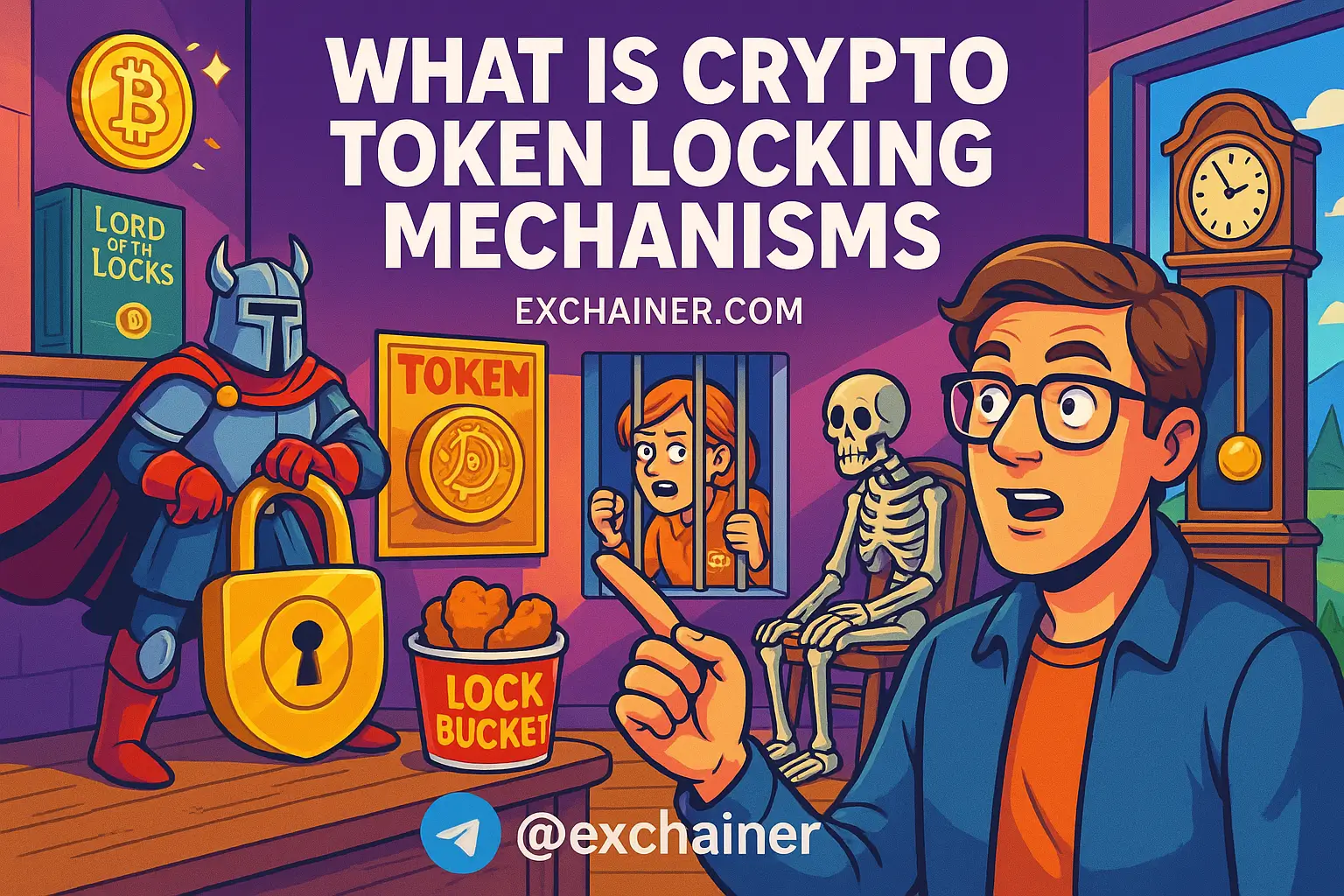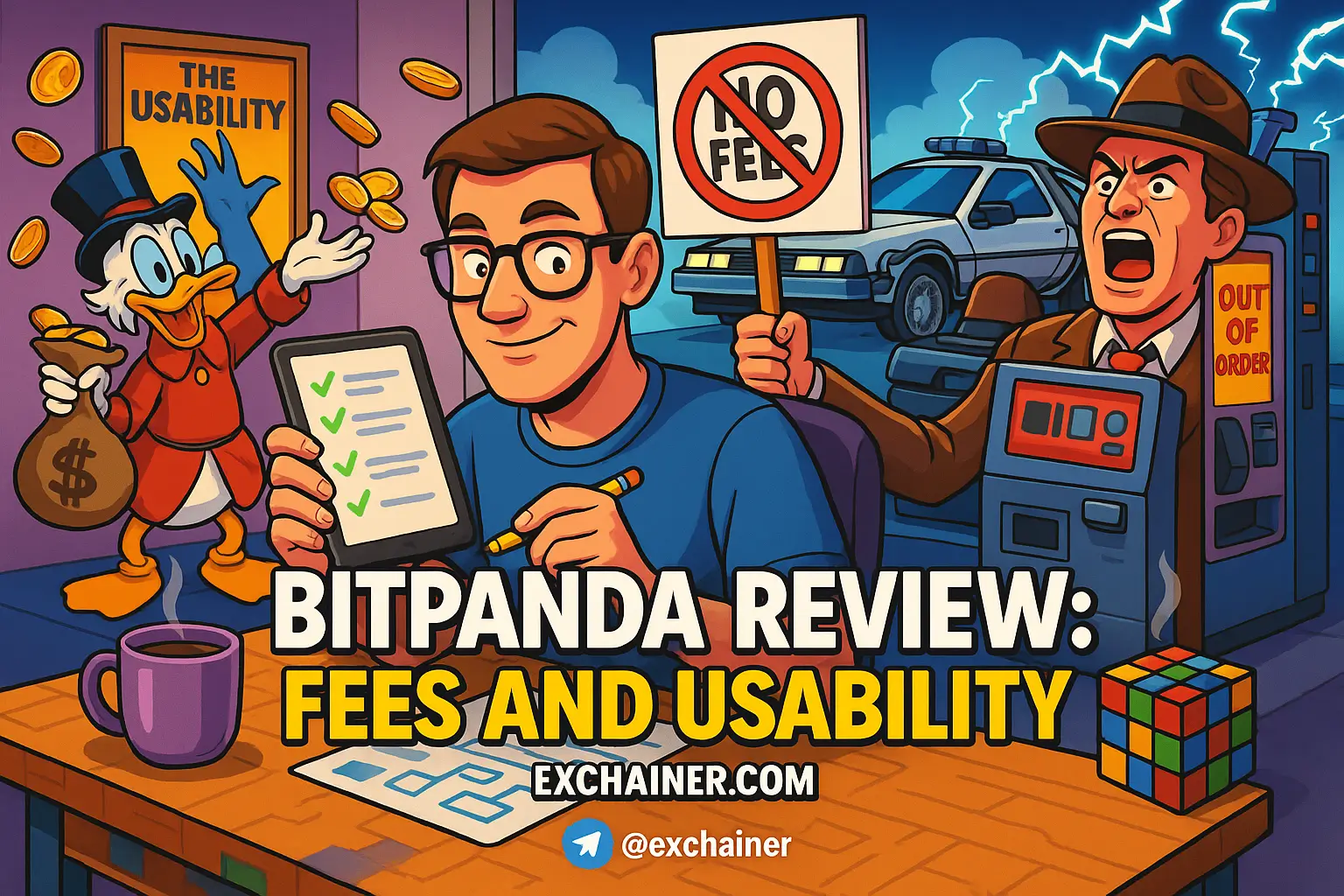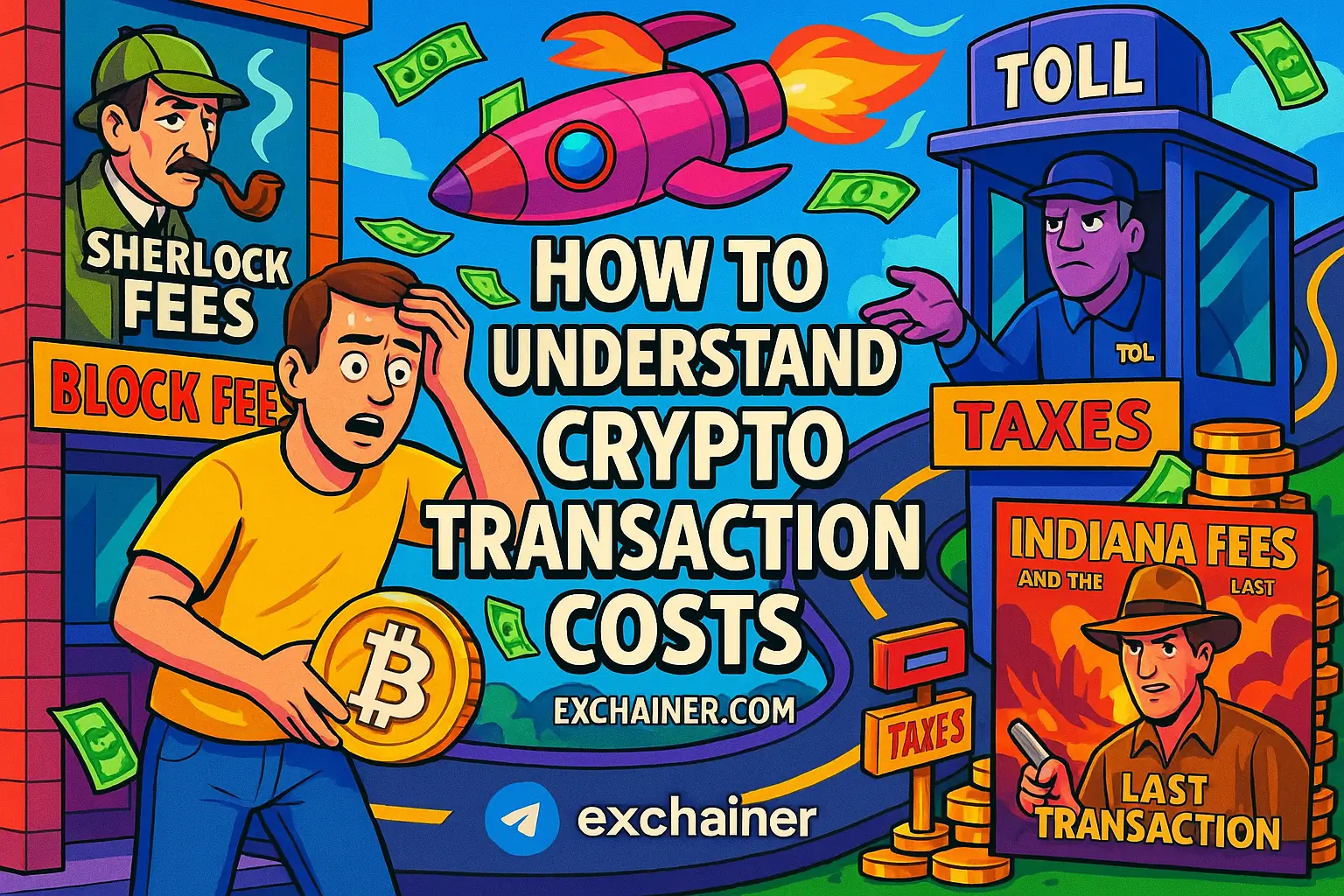Understanding stablecoins is crucial for anyone venturing into the world of cryptocurrency. As digital currencies have gained traction, their notorious volatility poses challenges for everyday transactions and financial stability. Stablecoins, a unique category of cryptocurrencies, aim to bridge the gap between traditional financial systems and the increasingly popular crypto landscape. With stablecoins, you can engage in digital transactions without worrying about wild price swings, making them essential for both casual users and serious investors.
So, why should you care about stablecoins? Whether you’re looking to invest, trade, or simply understand how fiat currency operates in the digital realm, knowing about stablecoins is like having a solid foundation before building your house. They enable smoother transactions and offer new opportunities in decentralized finance (DeFi). Moreover, with stablecoins almost seamlessly integrating with our existing financial infrastructure, anyone eager to explore cryptocurrency should start here.
In this comprehensive guide, we’re going to unpack everything you need to know about stablecoins, how they work, their various types, real-world applications, risks, and what the future might hold. Buckle up for a deep dive into the world of stablecoins!
What Is a Stablecoin?
A stablecoin is a type of cryptocurrency designed to maintain a steady value by pegging it to a reserve asset like the U.S. dollar, gold, or other cryptocurrencies. Unlike Bitcoin or Ethereum, which can experience price fluctuations of 10-20% in a single day, stablecoins aim to provide predictability and reliability. This characteristic makes them ideal for payments, remittances, and their pivotal role in decentralized finance (DeFi).
Imagine you want to buy coffee with Bitcoin, and by the time you finish your drink, the value of your Bitcoin drops by 15%. Ouch! This is where stablecoins step in, mimicking the stability of traditional assets. They empower everyday transactions without the risk of sudden price changes, maintaining their value in a world where crypto is known for its volatility.
These cryptos also play a crucial role within DeFi ecosystems, serving as collateral for loans and liquidity pools or facilitating yield farming opportunities. In other words, understanding stablecoins is essential for anyone wanting to navigate both the traditional and digital financial worlds efficiently.
How Stablecoins Maintain Their Peg
Stablecoins use various collateralization methods to ensure their stability and peg to the asset they aim to mirror. Here are the primary types of stablecoins:
Fiat-Collateralized Stablecoins
Fiat-collateralized stablecoins are backed 1:1 by cash or cash equivalents. For every $1 minted in Tether (USDT), Tether claims to hold $1 in reserves. This model is straightforward and easy to understand, giving users a sense of security knowing that a stablecoin is backed by real-world assets.
Crypto-Collateralized Stablecoins
These stablecoins are backed by cryptocurrencies instead of fiat currencies. For example, DAI is overcollateralized with crypto assets like Ethereum. This means that to mint $1 worth of DAI, you need to deposit $1.50 in ETH or other collateral. This overcollateralization is designed to absorb price fluctuations, providing additional security for users.
Commodity-Backed Stablecoins
Some stablecoins are pegged to physical assets such as gold. An example is PAX Gold (PAXG), which combines crypto’s liquidity with the stability of commodities. By tying the value of a stablecoin to something that regularly holds value like gold, users get the best of both worlds.
Algorithmic Stablecoins
These stablecoins utilize smart contracts to adjust their supply dynamically based on demand. However, they carry risks as seen with projects like TerraUSD, which struggled to maintain its peg amidst market fluctuations. While innovative, algorithmic stablecoins require robust mechanisms to succeed in maintaining stability over time.
Top Stablecoins in 2025
As stablecoins continue to evolve, certain names have emerged as leaders within this domain. Here’s a brief overview of the top stablecoins of 2025:
-
Tether (USDT): Currently dominating about 70% of the stablecoin market, USDT is a household name. However, it faces scrutiny over the transparency of its reserves.
-
USD Coin (USDC): As a fully regulated stablecoin with monthly audits, USDC is gaining popularity for those who prioritize compliance and accountability.
-
DAI: This decentralized, Ethereum-based stablecoin is governed by MakerDAO and thrives on community involvement.
-
PayPal USD (PYUSD): Positioned as a bridge between traditional finance and crypto, PYUSD makes it easier for users to handle fiat-to-crypto conversions.
-
Euro Stablecoins (e.g., EURS): Gaining traction in Europe, these stablecoins cater to those looking for EUR-denominated transactions.
Use Cases: Beyond Trading
Stablecoins offer a range of use cases that extend far beyond just trading. Here are some practical applications:
-
Cross-Border Payments: Stablecoins significantly speed up transactions, allowing payments to settle in minutes for mere cents. This is a game-changer compared to the slow, costly traditional SWIFT networks handling international payments.
-
Hedging Against Inflation: In countries experiencing hyperinflation, such as Venezuela, stablecoins provide a way for people to preserve their savings and maintain purchasing power amidst economic turmoil.
-
DeFi Integration: Over 60% of the Total Value Locked (TVL) within DeFi relies on stablecoins for lending and borrowing. Their widespread use makes them integral in various DeFi applications like yield farming and liquidity pools.
Risks and Challenges
Despite their many advantages, stablecoins are not without risks. Here are some of the challenges associated with them:
-
Regulatory Scrutiny: Regulatory measures like the U.S. STABLE Act and the EU’s Markets in Crypto Assets (MiCA) regulations are imposing reserve requirements and reporting rules. Keeping up with these regulations requires adaptability from stablecoin issuers.
-
De-Pegging Events: There have been instances where stablecoins have faced temporary de-pegging, like how USDT dropped to $0.95 in 2023 due to liquidity pressures. Such events can shake user confidence.
-
Centralization Risks: Fiat-backed stablecoins rely on trusted custodians, which contradicts the decentralized ethos of cryptocurrencies. This reliance can create vulnerabilities in the system.
The Future of Stablecoins
The landscape for stablecoins is changing, and several trends are emerging:
-
CBDC Competition: Central Bank Digital Currencies (CBDCs) are being explored by governments around the world, which may rival the popularity of private stablecoins in the future.
-
Interoperability: Projects like Hedera are enabling easier stablecoin transfers across different blockchains, potentially reducing fragmentation and facilitating smoother transactions.
-
Institutional Adoption: Major financial institutions, like JPMorgan, are actively using stablecoins for various transactions, including intraday repo transactions, indicating an increasing acceptance of these digital assets in mainstream finance.
Key Takeaways
– Stablecoins combine the best of both worlds—blending the efficiency of blockchain with the stability of fiat currencies.
– They have varied applications from everyday remittances to crucial roles in the DeFi ecosystem.
– Regulatory scrutiny will play a significant role in determining the future viability of many stablecoins as governments tighten their grasp on digital assets.
By 2030, it's plausible that stablecoins could emerge as the primary payment method in global commerce—offering speed, transparency, and reliability all in one. So whether you're looking to navigate market swings or dive deeper into DeFi projects, understanding stablecoins is crucial for your journey in the crypto world.
Explore more guides on Exchainer.com to expand your knowledge further. Whether you’re interested in the basics of crypto, the latest exchange reviews, or operational tools and wallets, there’s plenty of valuable content waiting for you! Check out our other categories: Crypto 101, Exchange Reviews, News, and Tools and Wallets.
Stay informed, stay safe, and happy trading!












